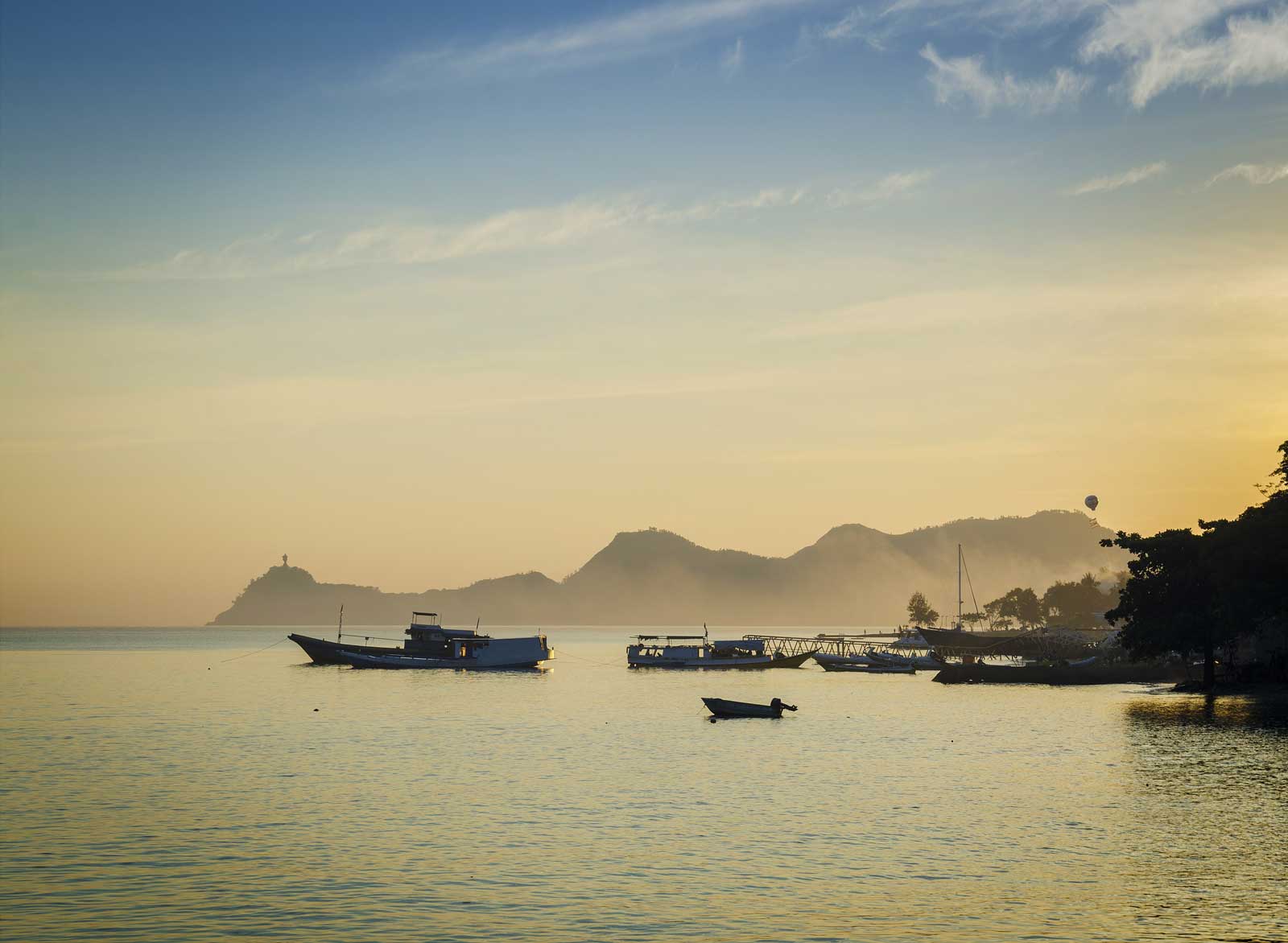Solimar’s Six Models that Link Tourism to Conservation, Part I
One of the ways that tourism benefits destinations is by augmenting conservation efforts. After conducting an analysis of both internal and partner projects, Solimar has identified six principal sustainable tourism models that link tourism to conservation:
1. Improve Tourism Operations and Guidelines:
This model emphasizes limiting or reversing the negative consequences on nature that can result from tourism. There are three principal strategies for improving tourism operations and guidelines to promote conservation efforts:
a. Promote Sustainable Tourism Guidelines with Visitors
By promoting a ‘code of conduct’, destinations can ensure that visitors, for example, do not leave trash, pick endangered flora, or use flash photography where it might be harmful or startling to wildlife. It is important that these codes of conduct are communicated effectively through signage, pamphlets, interpretive guides, or even on websites and social media so visitors have an understanding of conservation before they arrive. Myanmar, new to hosting significant numbers of tourists, provides a great example of a visitor code of conduct with their ‘do’s and don’ts‘ campaign.
b. Promote Sustainable Tourism Guidelines within the Travel Industry
By promoting effective guidelines within the travel industry, local businesses and organizations can work together to limit their impact on the natural environment. Agreeing upon certain standards, preferably before a destination attracts large numbers of tourists, can maintain the natural beauty of an area before it’s too late. For example, businesses and organizations can work together to establish best practices for responsible seafood harvesting, responsible souvenir gathering, and responsible boating practices. Solimar International worked extensively with businesses and organizations in Bocas del Toro, Panama to guide the establishment of acceptable practices related to natural conservation.
c. Promote Sustainable Tourism Guidelines within Protected Areas
Promoting conservation efforts within protected areas requires significant interaction from a wide range of stakeholders, both public and private. Example guidelines to follow may include limiting camping to select areas within a park or limiting the number of fish to be taken from rivers or lakes each day. Once a plan has been formulated, effective promotion is imperative to the success of the plan.
2. Increase Tourism Awareness and Constituencies:
This model moves beyond simple education about tourism impacts to emphasize the active role that both visitors and residents can play in conservation efforts. This model incorporates three principal strategies to augment conservation efforts:
a. Increase Awareness and Conservation Support of Local Residents
It is important that conservation efforts begin with locals, as residents are as much of a conservation threat as tourists. Lack of awareness, lack of economic alternatives, and long-standing traditions are often reasons locals engage in damaging practices such as unsustainable extraction of resources. Ways to increase awareness and reverse damaging actions include teaching environmental education classes with local groups or organizing a local festival to celebrate the very resource being damaged. In Latin America, sea turtle educational classes and festivals have been organized to raise awareness about the importance of sea turtle conservation and the damaging effects of poaching their eggs.
b. Increase Awareness and Conservation Support of Visitors
Guides are vital to informing visitors about threats to conservation and explaining to the visitors how they can help whether that be through a donation or “adoption” programs. Programs such as these can help visitors develop an attachment to an area, increasing the likelihood of a donation, and also to spread the word about the importance of conservation when they go home.
c. Link Benefits of Sustainable Tourism to the Community as a Whole
As local residents see benefits from sustainable tourism increase, the likelihood of long-term sustainable practices increases, too. Direct beneficiaries include tour guides, hotel managers, and chefs while indirect beneficiaries include family members of direct beneficiaries as well as operators of ancillary services such as construction companies or grocery stores. Non-employment-based ways the tourism industry can benefit communities includes the organization of local clean-up events, improving sanitary services, or hosting volunteers.
3. Increase Income Diversification
If local residents realize sustainable tourism presents a livelihood, they are more likely to behave according to sustainable tourism principles. Two main strategies for assisting conservation evolve according to this model:
a. Target Resource Extractors with Sustainable Tourism Employment
It may seem counterintuitive, but poachers can become optimal tour guides. Poachers often know a lot about a particular animal and can share stories and knowledge on a unique level. “Reformed” poachers often provide a unique human interest story as tourists are very interested in how and why their behavior changed. Resource extractors are much more likely to change if tourism provides an increased wage through tips, salary, or a year-end profit sharing program.
b. Developing Tourism Products that Directly Mitigate a Conservation Threat
An optimal situation occurs when new products, jobs, and revenues develop and directly support conservation efforts. Local residents can create arts and crafts out of old newspaper, cans, bottles or other upcycling methods and sell them to visitors, eliminating solid waste and creating revenue simultaneously. Artificial coral reef creation has been effective in attracting divers and photographers away from susceptible natural coral reefs, where damage from tourists is common.
The Global Sustainable Tourism Council provides a framework for destinations seeking to develop a sustainable tourism strategy. Many of their guidelines apply to the conservation-related ideas discussed in this post. For a more detailed look at these tourism conservation models, be sure to download Solimar’s Tourism and Conservation Toolkit. Check back soon for Part of 2 Solimar’s Six Models that Link Tourism to Conservation.

